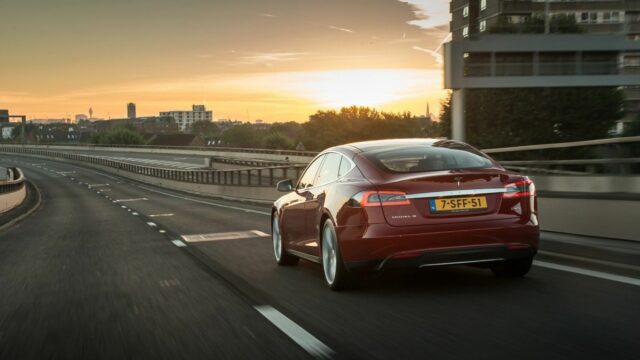Absolute safety still remains a far-off concept

After leaving us hanging for two weeks, Elon Musk eventually found the time to announce the introduction of Tesla's revised Autopilot feature which now reaches version 8.0.
Out of "dozens of small refinements with Version 8", the most important change has to do with how Tesla's Autopilot will use the onboard radar to draw a picture of the environment surrounding the vehicle.
So far, the Autopilot has been relying mainly on cameras to detect obstacles that might have harmed the integrity of the car and its passengers, which made the radar (available on Tesla cars since October 2014, as part of the Autopilot hardware suite) a backup solution.
In other words, think of the radar as a crosscheck utility that would assist the cameras and offer a "second opinion," without being able to initiate braking on its own.
But that's not the case anymore.
With Autopilot 8.0, both the radar and the existing cameras will take leading roles in object detection. Tesla engineers managed to manipulate the radar's potential to a point where it can detect dense objects on the road, regardless of their size and shape, in any weather and lighting conditions.
Think of a living 3D picture of the world surrounding the car, updated every tenth of a second.
Furthermore, the radar can now echo off the pavement and cars found around the car at a given time, which allows it to detect and monitor vehicles driving ahead of Autopilot-equipped Teslas.
Tesla claims that with these improvements, the Autopilot can cut off false alarms and become better at avoiding crashes or mitigating the damage inflicted by some impacts by slowing down the vehicle.
Nevertheless, Tesla claims that the system has fleet learning abilities:
"Initially, the vehicle fleet will take no action except to note the position of road signs, bridges and other stationary objects, mapping the world according to radar. The car computer will then silently compare when it would have braked to the driver action and upload that to the Tesla database."
The latest improvements come – or at least, have been sped up – in the wake of a fatal crash that took place in Florida, where a Tesla Model S with the Autopilot mode activated crashed into a tractor-trailer, taking the life of Joshua Brown.
During a call conference on Sunday, Elon Musk said that he believes the Autopilot 8.0 would have prevented the tragedy.
At the same time, the Tesla boss defended the term "autopilot" and concluded that the focus should fall on educating the public "with the intent of diminishing people's complacency," according to Road and Track.
This falls in contradiction with Tesla's decision to remove the "self-driving" and "autopilot" names in China after a Model S traveling on Autopilot hit a parked vehicle in Beijing.
The EV's owner went on to criticize Tesla and their marketing strategy around the Autopilot function, which also saw a price hike of $500 last month.
Last but not least, as Bloomberg reports citing Aon head of analytics Paul Mang, while autonomous cars aim for better and better safety credentials, insurance premiums are bound to drop as much as 40%.
Surely, the implications will go far beyond this point, but no one can precisely tell how the automotive industry and the adjacent spheres it brings together will react to such changes.
